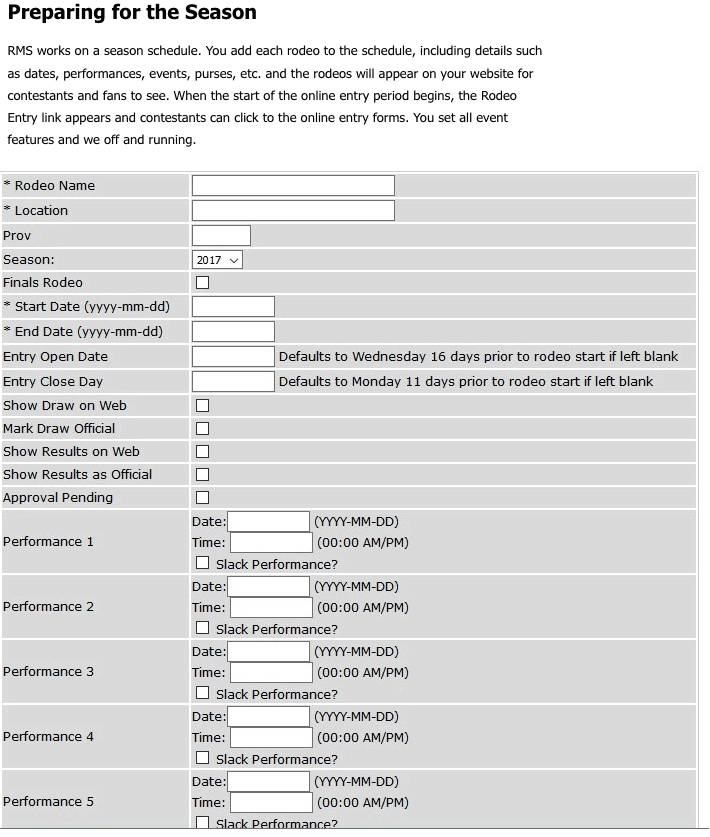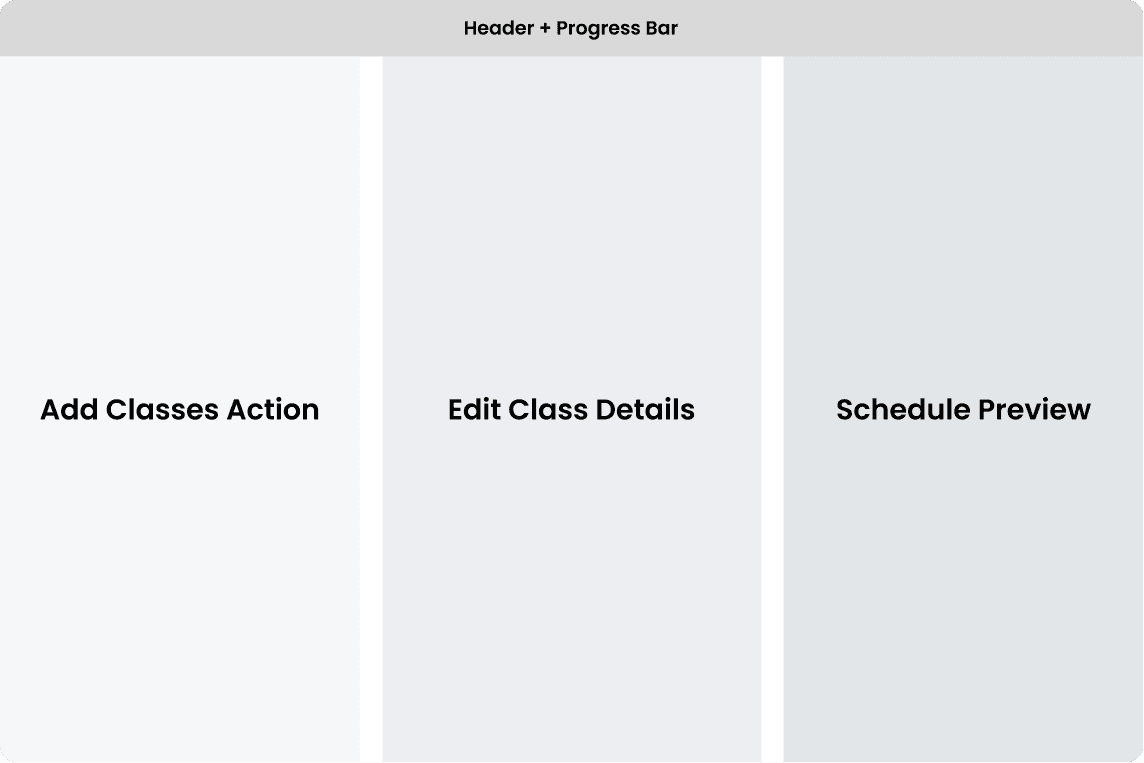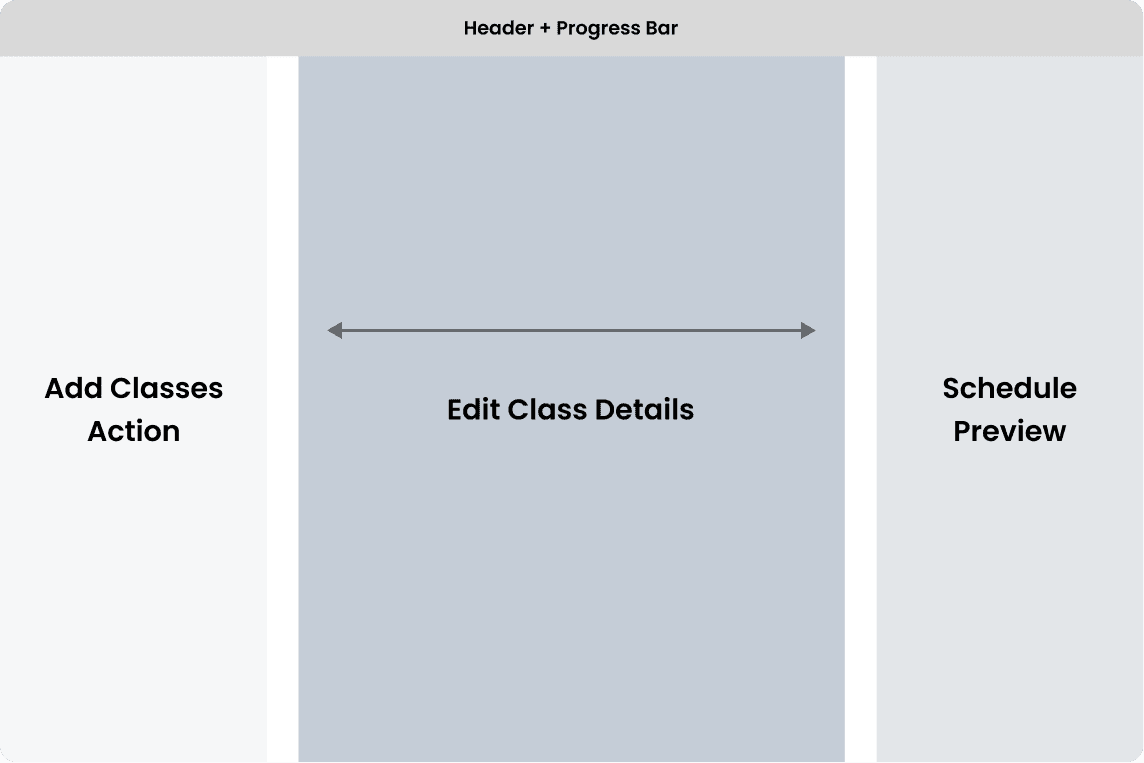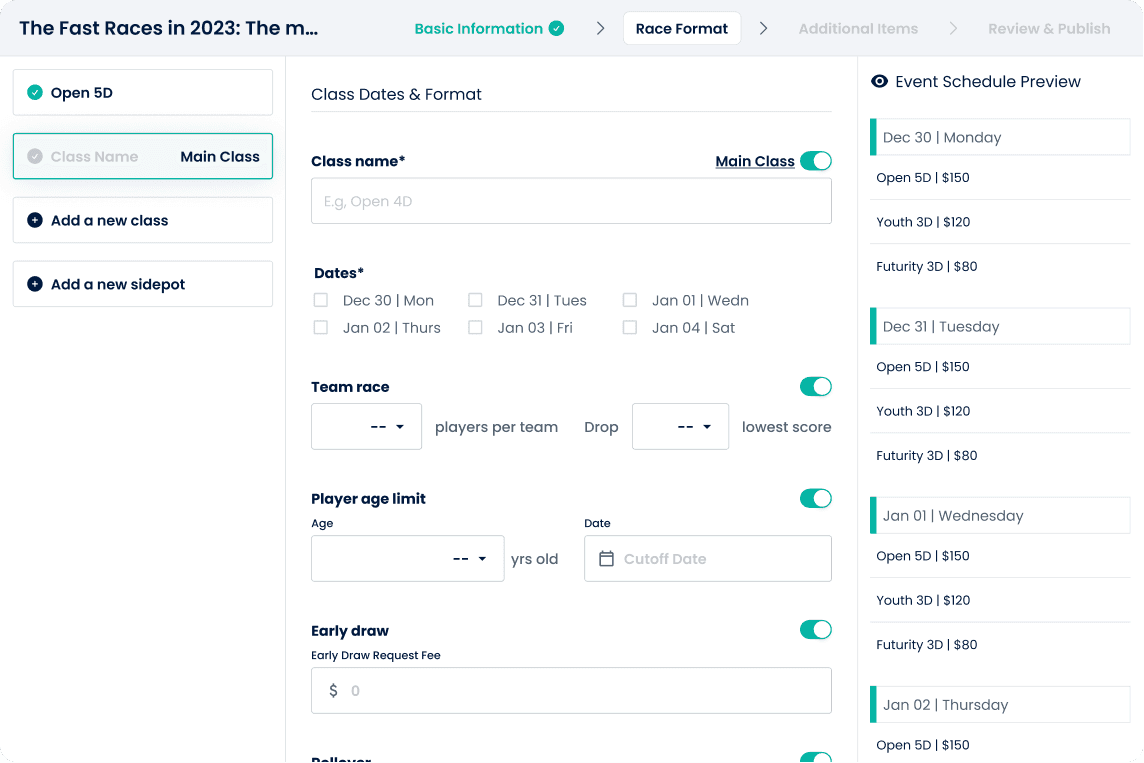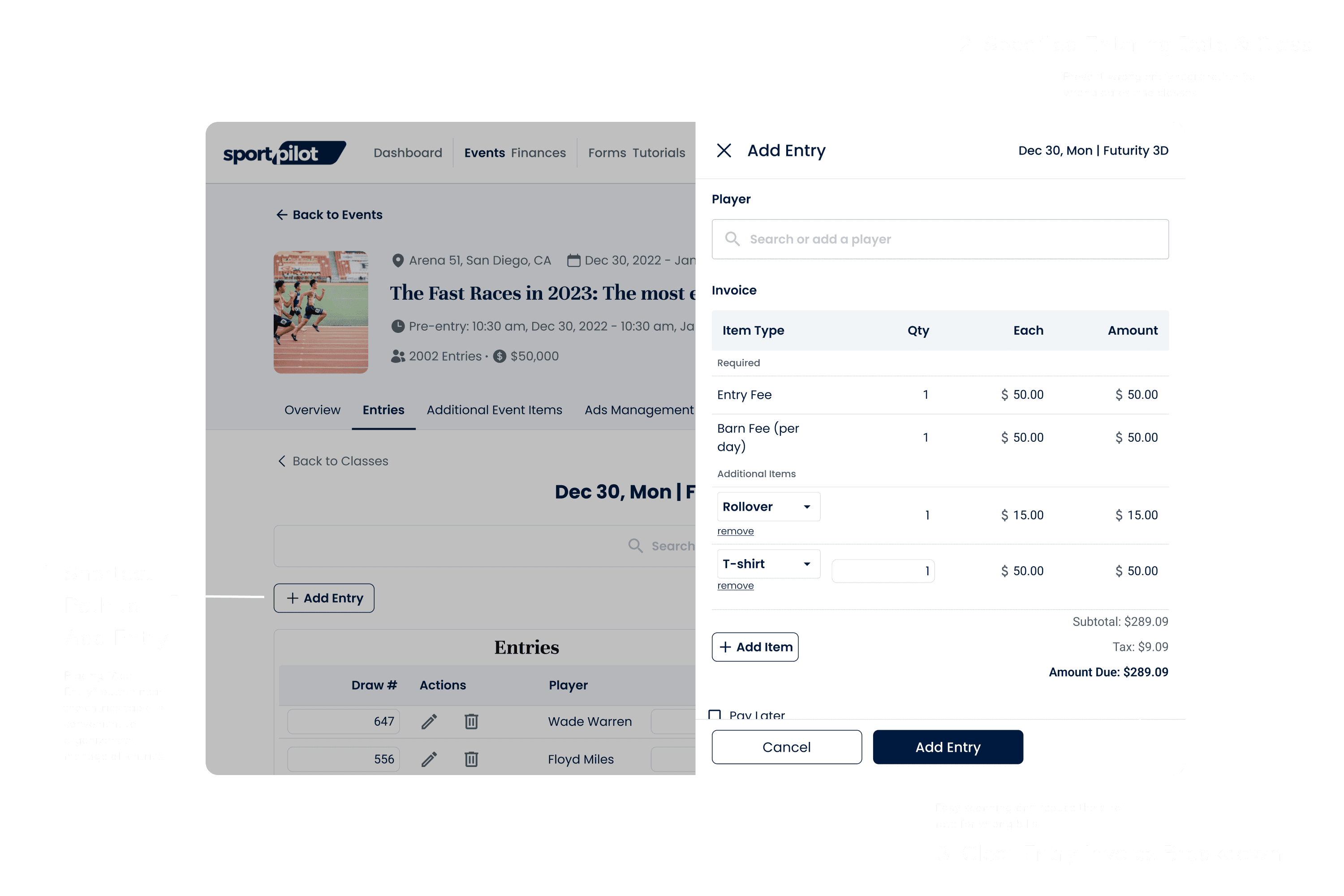SportPilot.
Hosting Rodeo Sport Events, All in One Place.

This case study explores how I helped SportPilot’s founders, with over 15+ yoe being both players and managers in the American rodeo sport industry, design their web and mobile app's user experience to accommodate different customers needs.
This case study emphasizes my web design skills, take a sneak peak on my mobile design in my pitch deck here↗️.
*For confidentiality, sensitive information, including but not limited to company name, are fictitious.
Project Background
Client: SportPilot
Industry: Rodeo Sport
Project Duration: 2 Months, May - June 2023
My Role: UX Product Designer
Team: Front-End Devloper, Full-Stack Developer
Freeing event managers out of outdated and fragmented softwares
An all-in-one management system can help them coordinate sport events from detailing game payout rules all the way to examining all race entries.
Team & Role
Sole Designer
Working as the only Product Designer, I collaborated closely with software developers and the client stakeholders.
I coordinated and managed entire design process including: design research, ideation, user flows, interactive prototyping, responsive design, design presentation and hand-offs.
I also designed the mobile app for players (presentation deck here ↗️) to construct a more comprehensive system for professional sport event hosting.
Additionally, I discussed closely with founders in designing and implementing the live marketing website on Framer.
Clients Requests
Design a user-friendly system that could streamline the entire workflow for professional sport events production.

Compared to a casual event hosting, the process of hosting a professional sport event is more complex, involving a lot of game rules and real-time situations.
Design Outcomes
Optimize user productivity by simplifying event creation process and enhancing system information hierarchy.
Improved Transparency
From event registration to finances management, I enhanced visibility into event details and financials to our users, enabling them to host events with more confidence.
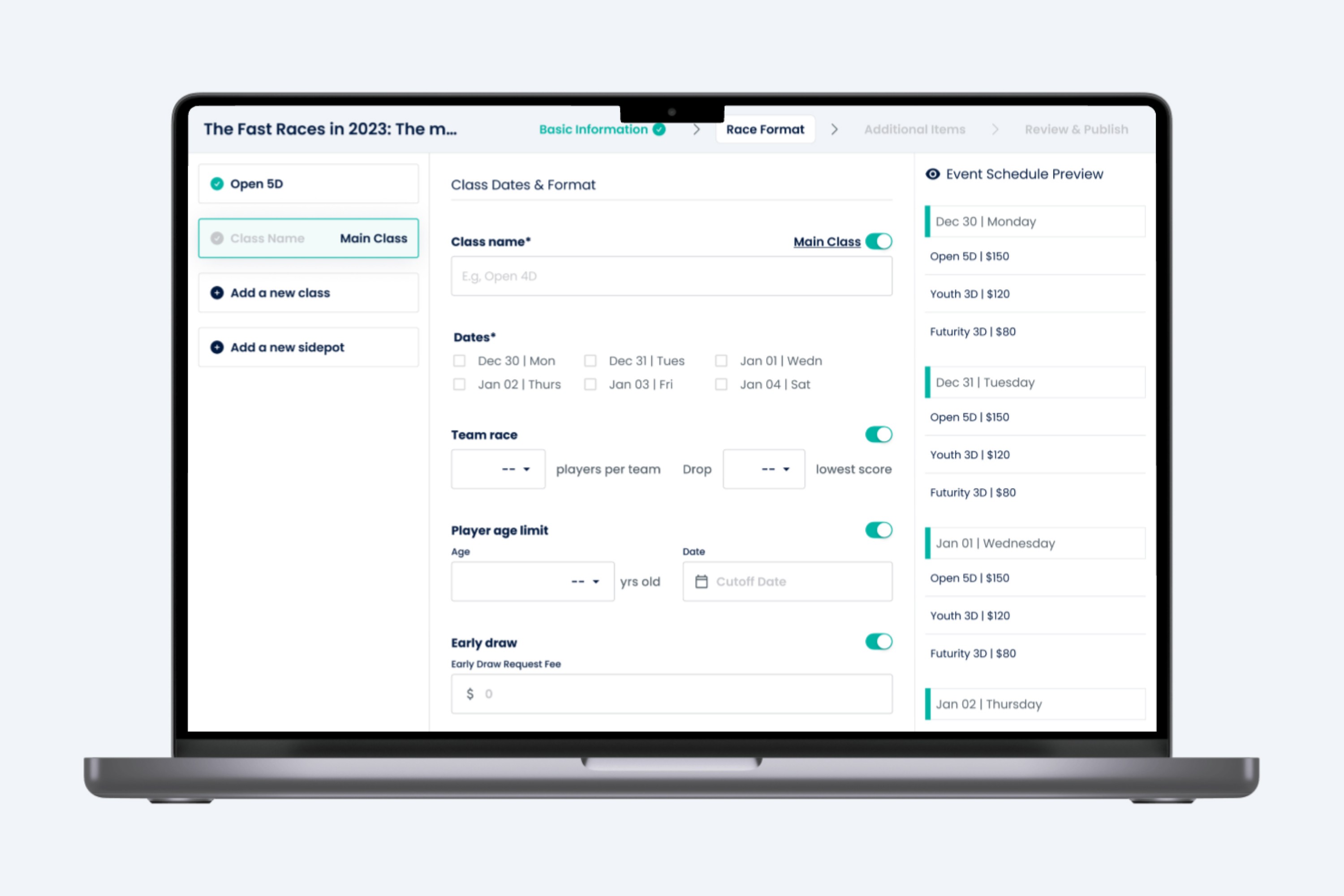
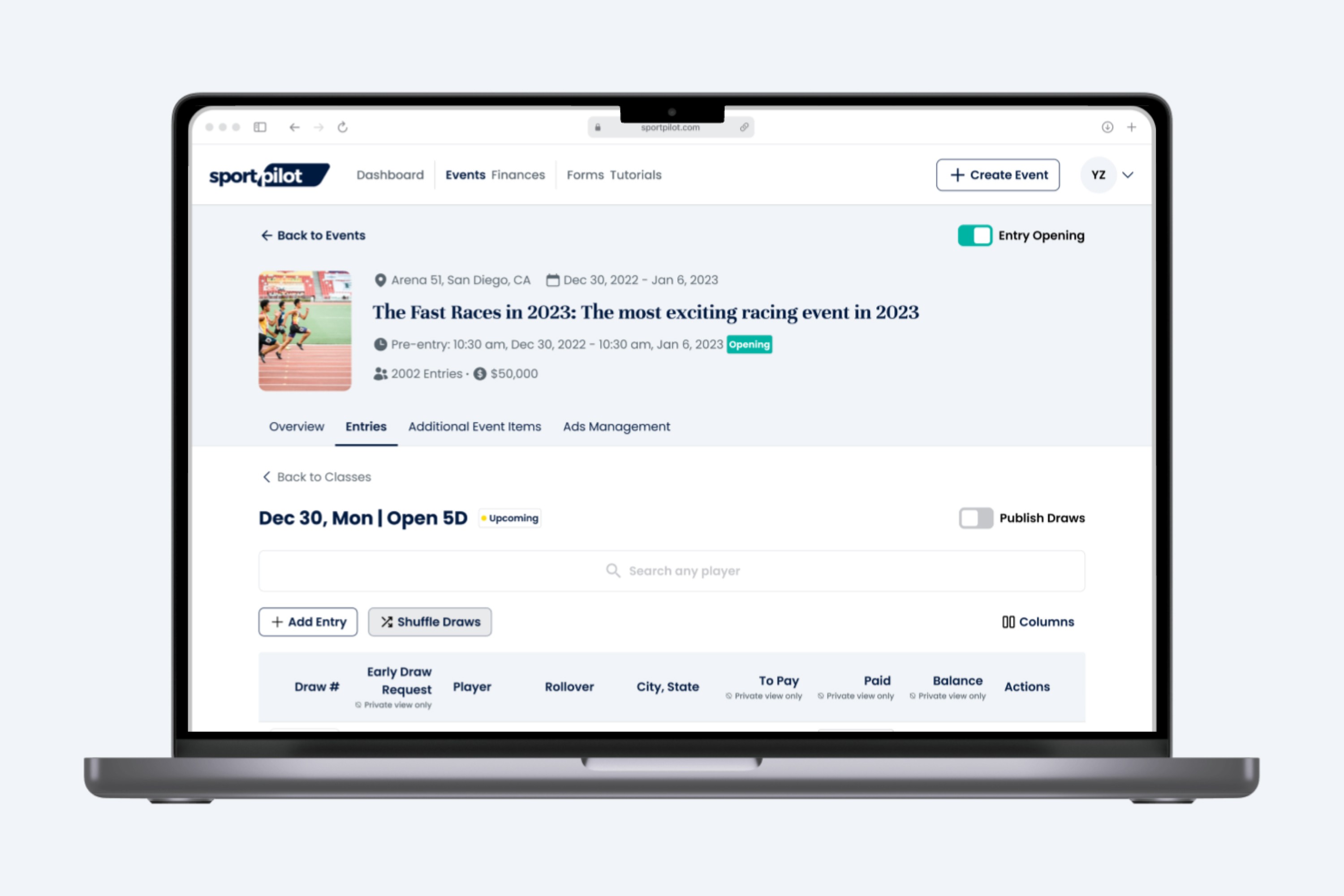
Increased Efficiency
From initial drafting to final check-ups, I unified 5+ separate systems and streamlined workflows leading to minimized distractions and increased efficiency while users wearing multiple hats during events.
A Strong Push to the Current Market
Tool for individual event producers, in the US market, which has only focused on event registration before this. After SportPilot is done developed, it would create an innovative push force for beneficial competitions, which will then assist our users in producing better events.
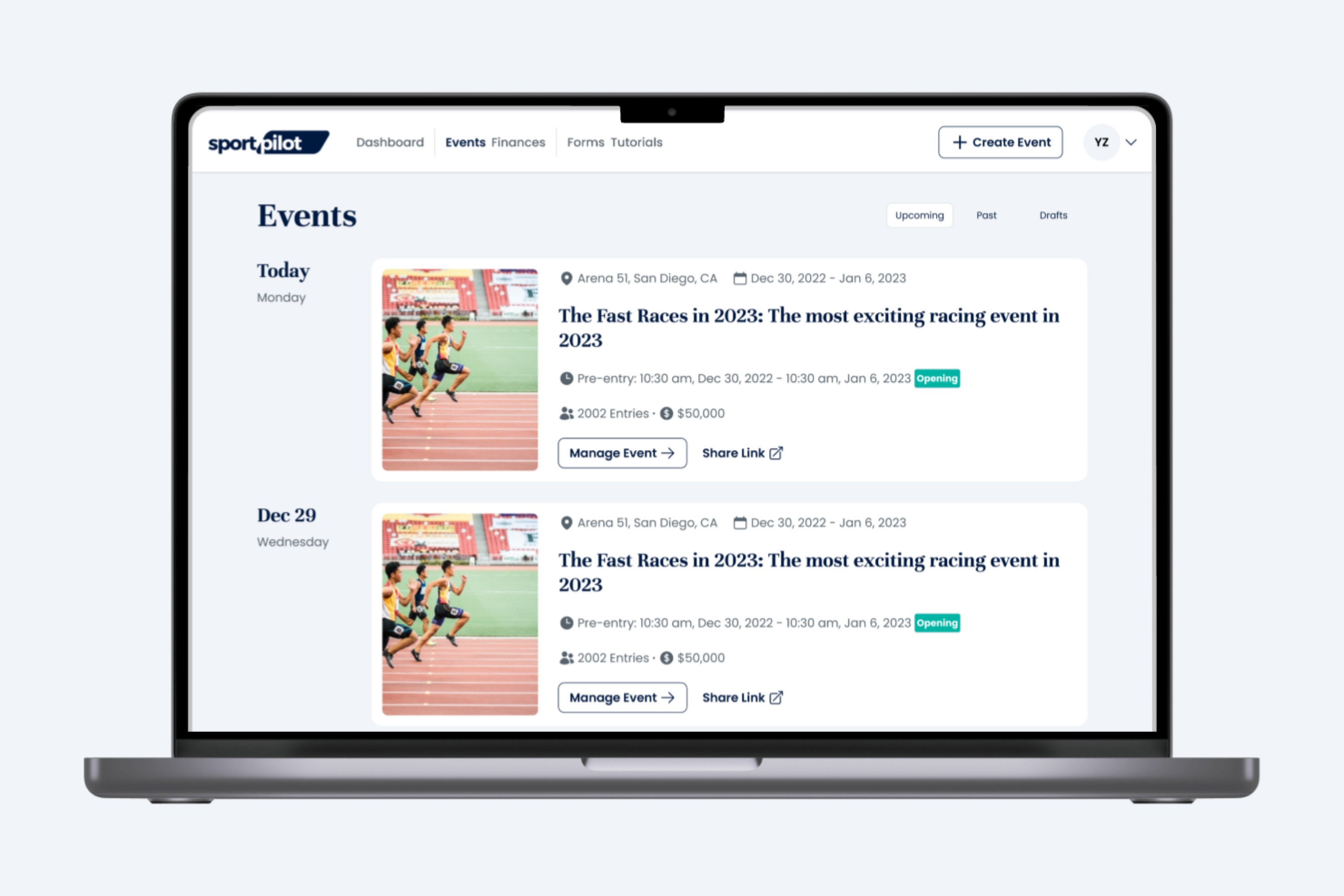
How can I make SportPilot so easy to use while its competitors were still in the last century?
I focused on identifying user pain points to solve the most important user problems.
User Research
What is the most unintuitive part for users? How do they tackle it now with their own ways?
From competitors analysis and first-hand interviews, I synthesized three main areas of users frustrations: lengthy creation process and low or no access for event management along with their busy workflows.
Key Design Decision 1
Let's simplify the event creation.
Often, managers must fill out a long form to draft out all the race details. Here, I decomposed it with a more manageable multi-step process: 1. Basic Information > 2. Race Format > 3. Additional Items.
1. Initial Layout
2. Adjusted Proportion
To reduce interaction efforts and enhance drafts visibility, I employed a three-zone layout spotlighting the Step 2 — Edit Class Details.
3. Final Hi-fi Prototypes
Key Design Decision 2
A well-organized navigation ensures find-ability and efficiency.
Once the event went live, managers need to oversee across different event details like the basics, entries, and sometimes inventory as well.
Thus, I iterated the design to prioritize the most critical information and make it easier for managers to focus on what mattered most.
Iteration 1
However, iteration 1 lacked efficient navigation, as it requires managers go back and forth when updating details between categories.
Iteration 2
To enable managers to seamlessly update details, I implemented a three-tier information architecture to reduce cognitive load throughout the process.
Key Design Decision 3
Sometimes, things just happen. And we had to manage it well.
In addition to pre-event planning, managers must adapt to real-time requests like last-minute walk-in race entries while maintaining event operations.
Quick Add Entry: Real-time requests
To help managers deal with such situation better, I designed a side drawer sheet for it. I ensured an easy and quick access to accommodate walk-ins by placing it near the entries table.
The clear invoice breakdown previews also help prevent monetary disputes with players.
Next Steps
SportPilot aims to revolutionize the professional sport event production industry, and it is on the right track.
REFLECTIONS
Lessons that I Learned.
Stakeholders Alignment: Developing a comprehensive user task flow not only helped me map out the entire user journey, but also helped me better align with my stakeholders early on.
By presenting it to the team(founders and developers), I've gained more confidence throughout the design process.
Simplifying Complexity: Breaking down complicated technical workflows into logical, digestible steps could effectively improve usability in the specialized sport event process.






